The first or last destroyer of modern Russia
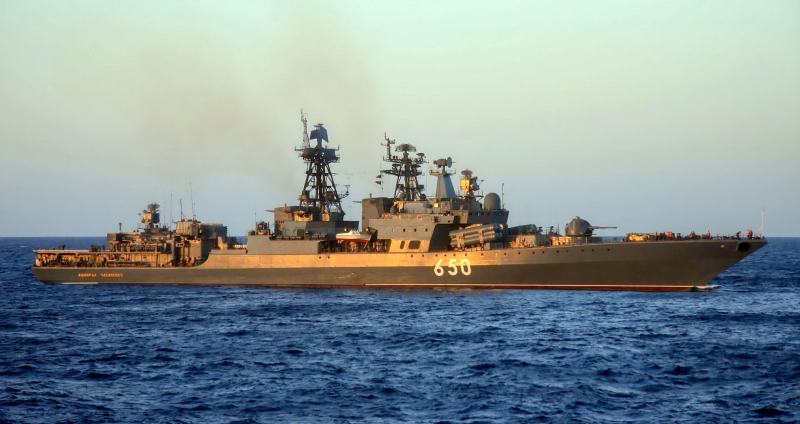
Modernization
The large anti-submarine ship of project 11551 "Admiral Chabanenko" was built for almost ten years (laid down on February 28.02.1989, 14.12.1992; launched on December 28.01.1999, XNUMX; commissioned on January XNUMX, XNUMX), which has become almost the norm for modern Russia during the construction ships of the first rank. Before commissioning, he managed to change the tail number twice, and the Almighty saved him from renaming, which historically sinned the Soviet and, by heritage, the Russian fleet.
Since 2014, the ship has officially embarked on a major overhaul and modernization, skipping in its biography the Syrian campaign of the ships of the Northern fleet, and now the tense moment of the sluggish NWO in Ukraine. Both then and now, the country really needs ships of the first rank not so much as flag demonstrators, but as real combat units of the fleet in the far sea zone, which cannot be ignored.
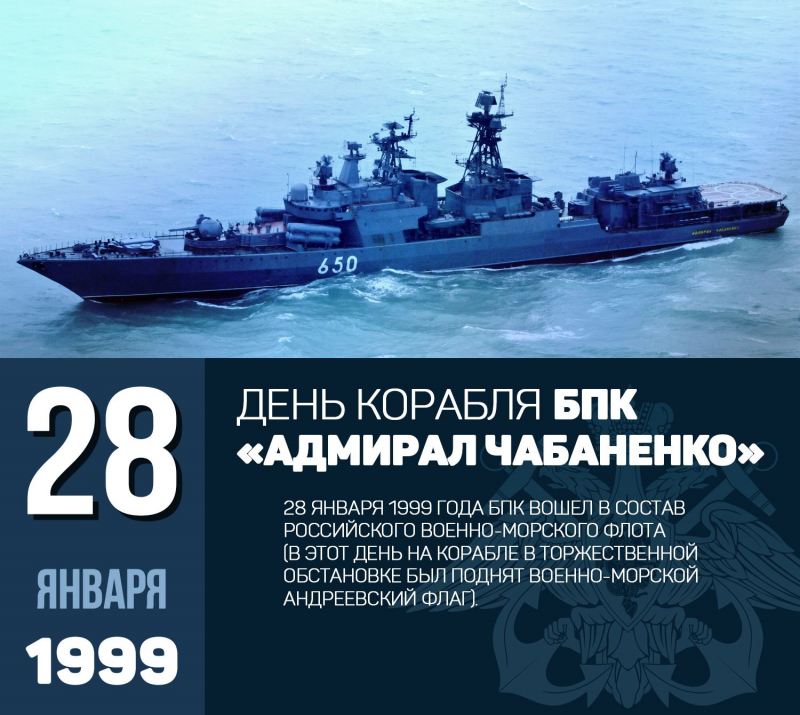
From vague and conflicting information for nine years of inactivity, it is difficult to understand the real goals of modernization. In 2016, it was planned to: replace the MR-760 Fregat-MA general detection radar with a more modern version of the 5P-30N Fregat-N radar; change the double-barreled 130-mm gun mount AK-130 to a lighter and more modern single-barreled 130-mm gun mount A-192; dismantle launchers for eight Moskit anti-ship missiles, followed by replacement with launchers for 16 Uran anti-ship missiles. The highlight of the modernization and PR program was the insertion of two UVP 3S14 for the range of modern missile weapons.
Apparently, depending on the timing of the modernization of the ship as a whole and the plans for the adoption of the Pantsir-M air defense missile system, the question of replacing the Kortik-M air defense missile system remained open. Probably, in the original version, in terms of balanced armament and driving performance, the Admiral Chabanenko was the best BOD or even a universal destroyer. Such an indistinct, if not to say, mediocre modernization, both in terms of content and timing, will really turn the ship into a second-class frigate. According to two UVP, it will be equal to the frigates of two admiral series and even two types of RTOs. With anti-ship missiles "Uranus" - the fall is even deeper - to the level of the modernized Soviet RTOs pr. 1234.
One can understand the replacement of the obsolete 6 P-120 missiles with 16 modern and long-range Kh-35s on forty-year-old ships seven times smaller than the destroyer. But to exchange eight heavy supersonic "Mosquitoes" for subsonic "Uranus" for a destroyer?! Initially, the rivals were aircraft carriers, cruisers and destroyers - now we are disqualifying a ship of the first rank to fight corvettes and boats. It is the “anti-corvette” that is considered the X-35 anti-ship missile. It can also be successfully used from two helicopters on the ship under discussion.
And what meaning does the castling of 130-mm artillery mounts carry on a ship that has 10-15 years left to serve? In addition to the notorious cut of the budget and the hypothetical struggle with the growth of the standard displacement of the ship, this does not give an increase in combat capabilities, but spare parts for the AK-130 will be enough until the end of the service from the destroyers written off for scrap, Project 956.
The replacement of the surveillance radar looks about the same, it is unlikely that a breakthrough in tactical terms is expected, but there is hope for an improvement in operational performance. The new element base makes it possible to reduce weight and size characteristics, increase the time between failures, reduce power consumption and, possibly, reduce maintenance personnel. Agree, for a destroyer, and even more so a frigate of the twenty-first century, a crew of four hundred people will look inadequate.

Necessary
Replacement of two ZRAK "Kortik-M" with two ZRAK "Pantsir-M". At present, when the Pantsir-M anti-aircraft missile and artillery system has been adopted by the fleet and is being introduced into modern ships already at the design stage, it becomes a necessary measure in the modernization process to introduce it onto ships, the service life of which will be significantly extended. For clarity of justification, let's make a comparison with the latest frigate.
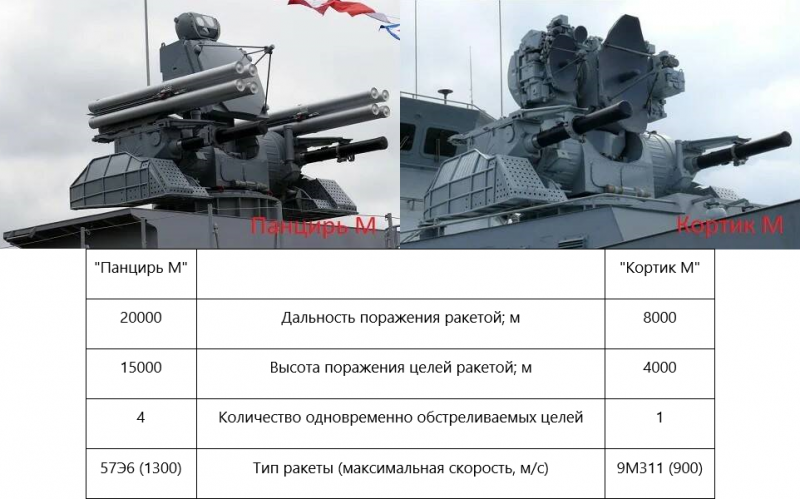
What can oppose a salvo of eight anti-ship missiles directed at the side of the frigate pr. 22350? We bend our fingers, the ability of the Polyment-Redut air defense system to aim two missiles at four targets, possibly fire two more targets from a 130-mm gun mount, two more targets will remain on the conscience of the calculation of the Broadsword ZAK. If attacking anti-ship missiles are detected at a distance of about 30 kilometers, the outcome of the clash will be decided in two minutes. In an ideal situation, when all the mentioned anti-aircraft weapons and their controls are turned on, combat-ready, the targets are correctly distributed and there are no deliberate interference, there is still hope for a successful repulse of the raid.
I will add, probably, the air defense system will be able to fire even more targets, because the 9M100 anti-aircraft guided missile needs correction only before capturing the IR seeker of the designated target, then guidance is performed regardless of the complex, and the latter may have time to fire a couple more targets. Just keep in mind that the range of guaranteed destruction of the 9M100 is only 15 kilometers, and to destroy the target at this range, the start button must be pressed upon detection.
Now let's calculate the capabilities of the BOD pr. 11551 with the Pantsir-M SAM. By the way, after installation on the ship, the specified complex becomes the “main caliber” of the ship’s air defense in terms of range. Four targets for hitting with ZRAK missiles at a range of up to 20 kilometers, adding four targets each with two modules of the Kinzhal air defense system at a distance of up to 16 kilometers, do not forget a 130-mm double-barreled shotgun and finishing the broken missiles with ZRAK metal cutters. Such firepower at close range inspires respect and confidence.
To the advantages of the BOD over the latest frigate, it is worth adding a slightly higher height of the antenna posts of both detection and destruction means, which gives an increase in the detection range of low-altitude targets. In addition, twice the weight of the BOD compared to the frigate will be a more stable platform for sniping. The same almost threefold advantage will be retained by the BOD when attacking from the stern corners, and only from the bow can the parity level be given to the frigate, taking into account the technological perfection of modern equipment.
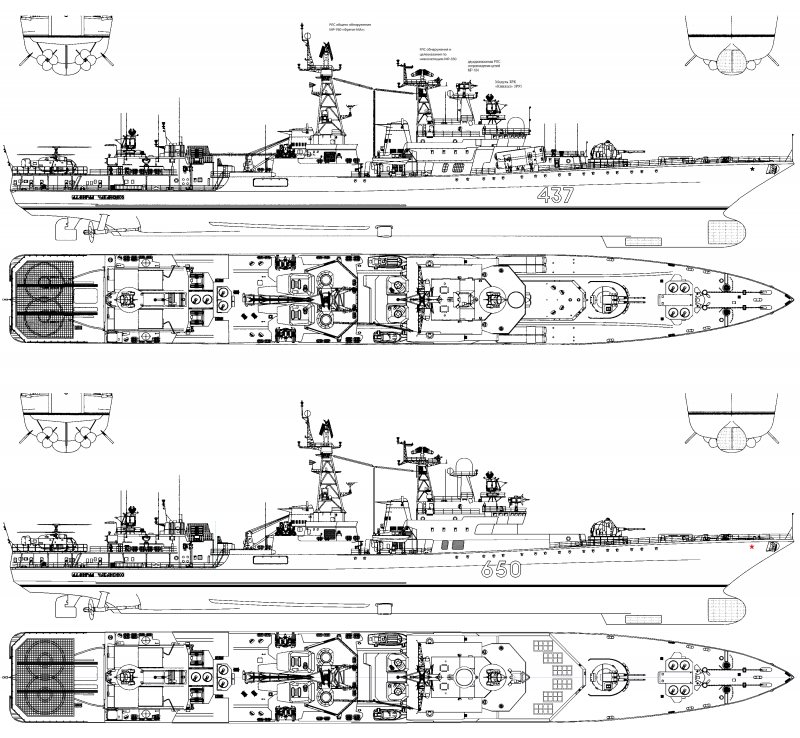
Replacement of launchers and anti-ship missiles "Moskit" with UVP UKSK 3S14 with an expanded range of missile weapons. Based on the exclusively naive desire of the author to obtain maximum strike power from the modernization of the ship, as shown in the figure, it is proposed to install six vertical launchers 3S14 of the universal ship firing complex. Based on the overall dimensions of the UVP and the actual volumes of the ship in the intended place of their installation, theoretically 12 UVP would also fit. But we must understand that before the modernization this volume was not reserved by the project, and it was not empty on the ship until recently. The functionality of the occupied premises will have to be redistributed throughout the ship, cut, compacted, etc., etc. On the Marshal Shaposhnikov frigate, in order to install two UVPs, one turret gun had to be abandoned.
The expansion of the above-deck superstructure due to the launchers for the Mosquitoes should help smooth out the contradictions between the possible and the desired. But even if you manage to insert 2-3 UVP, and preferably 4-5, then in any case 16 or more Onyxes or Zircons will be more than an adequate replacement for eight supersonic Mosquitoes. The newly acquired ability to use from the ship both anti-submarine missiles and medium-range cruise missiles for strikes against ground targets, and possibly the SD missile defense system, gives a real chance to keep the Admiral Chabanenko classification in the cohort of universal destroyers or even present it as a destroyer leader.
Necessary
It would seem that the two necessary measures presented above to modernize an already age ship could be limited. It turns out a decent destroyer for a reasonable price with a non-ephemeral increase in combat capabilities. But there is no limit to perfection, and nine years of downtime for this is unreasonably long.
Change the location of the antenna posts of the multifunctional radar ship complex "Mineral-M" and the artillery fire control system "Lev-218". The entire evolution of naval artillery at the height of the perfection of specific classes of gun systems confirmed the invariable postulate that achieving maximum pointing accuracy when firing artillery is achieved due to the closest possible convergence of the barrel line with the aiming line. So it was during the period of domination of the sea of battleships, when their own optical rangefinders were placed in the monstrous towers of the main caliber, and so it remains in our time when artillery is fighting against anti-ship missiles and aviation, when the greatest efficiency of fire is achieved by combining a gun and a guidance locator on a single platform (American "Volcano-Phalanx"; Chinese "Type 1130").
On our ship, the axes of rotation of the guidance radar and the gun turret, which are located in the longitudinal plane, are only horizontally separated by a distance of more than thirty meters. The vertical spacing is close to fifteen meters. It is worth recalling that the radius of guaranteed destruction by an anti-aircraft 130-mm 3S-44R projectile of an anti-ship missile target is only 8 meters and reaches 15 meters for an aircraft.
Thus, the most effective fire can be fired directly at the ship's course and, if possible, direct the target's flight directly at it. The more the target deviates to the right or to the left of the ship's course, the more significant the aiming errors will increase. The transfer of the antenna post of the dual-band radar MR-184 to the roof of the wheelhouse will bring it closer to the control object by a total of at least 13 meters (11 meters horizontally and 7 meters vertically), which will positively affect the accuracy of pointing the main caliber artillery gun.
Reducing the height of the post will also reduce the effect of rolling on the stability of the equipment. At the new location, the electrical center of the radar antenna will be located at a level of 18 meters from the surface of the water. In this case, anti-ship missiles flying at a height of 9 meters will be detected at a distance of almost 30 kilometers.
Considering that the maximum firing range of the AK-130 gun mount is 23 kilometers, and the effective range for air targets is unlikely to exceed 12 km (because a projectile with an initial speed of 850 m / s will reach there in about 15 seconds), such a movement of the antenna post will have practically no effect on the information capabilities of the complex as a whole. On the other hand, an increase in the height of the antenna post KRS-27 "Mineral-M" will have a positive effect on its work.
Re-equipment of the Kinzhal air defense system. The system was put into service in 1986 and proved to be excellent on BODs and destroyers. The land analogue of the complex has successfully passed at least one full-fledged modernization and no less successfully confirms the real combat capabilities in the NVO in Ukraine.
Maybe I missed something, but judging by the appearance of the air defense systems on the ship and the presence of mirror-type antenna systems on them, the air defense system has not been upgraded and, as a conclusion, it fully satisfies the needs of the fleet. Another would argue began, but I agree. At the same time, I dare to propose a new generation of missiles for adaptation to vertical launch launchers.
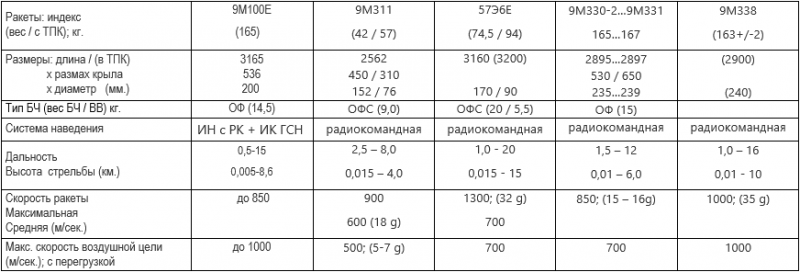
No one persuades the 9M330-9M331 family of missiles to be disposed of, it is proposed to introduce their more advanced radio command version 9M338 into the launcher and into the complex as a whole and expand and supplement the combat capabilities of the complex by interfacing with the 9M100E missile from the Poliment Redut air defense system, additionally equipped with an infrared head homing. Specialists can compare three missiles according to the criteria of cost, efficiency, and application features. Such adaptation will increase the number of simultaneously fired targets.
Possible
Long arm. The main drawback of the project 11551 ship as a universal destroyer was initially considered the absence of a medium-range anti-aircraft missile system. From the moment the ship was put into repair and modernization, the Navy has already adopted universal vertical launchers UKSK 3S14, medium-range anti-aircraft missiles with an active radar seeker 9M96, and the Polyment-Redut complex has been introduced. Now all these components are already being installed on serial frigates.
Over the past years, was it possible to try to use the dual-band radar of the MP-184 artillery fire control system to correct the flight of the 9M96 missile under the control of the inertial system until active homing is turned on?
It goes without saying that it makes no sense to try to install a full-fledged Polyment-Redut air defense system on an old ship. But if there is a theoretical possibility to organize the control of at least one or two SD SAMs even for a single air target within the range of these missiles using the available reconnaissance and control equipment on the ship, one should not carelessly miss such a chance. Practically, launchers and missiles can be placed on the ship.
Can't be left to change. It is difficult to find reliable and objective information about radars on the World Wide Web. Censorship, military secrecy, competition, unscrupulous advertising are important and justifying factors for their appearance. About the same hard to deal with the engines for ships. Therefore, I apologize in advance to specialists and professionals for possible errors in the information flow of consciousness in the following paragraphs. For example, here is a table that has become widespread after the speech of the President of the Russian Federation on import substitution.
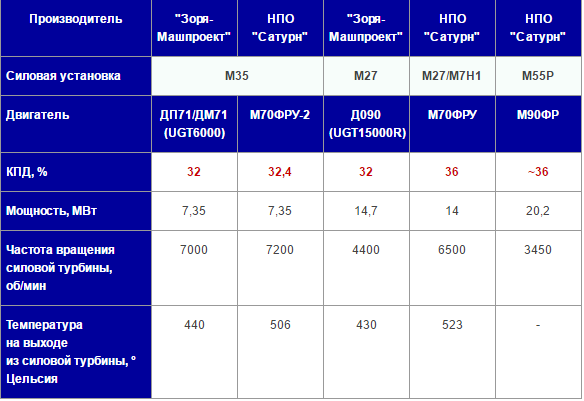
And information from the official website of the manufacturer.
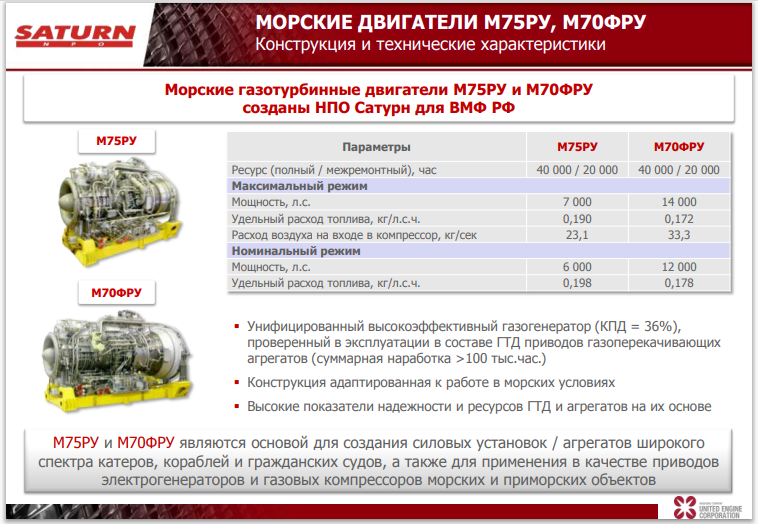
The spread in the power of the units is within 30 percent, depending on what is taken as a basis: horsepower or megawatts ... I don’t know about you, but I am for not only political censorship, but also technical!
I apologize for the lyrical digression, but plans have been made public to build Project 22350M ships in the near future, which should have a completely domestic power plant from two gas turbine sustainer engines M70FRU and two afterburner gas turbine engines M90FR. Wikipedia has already announced the displacement and dimensions of future frigates, well, very similar to the dimensions of the BOD pr. 11551. But enemy informants have not yet figured out what scheme the units will work on: COGAG or COGOG? But could we test a promising power plant on a comparable ship even before they were laid down?
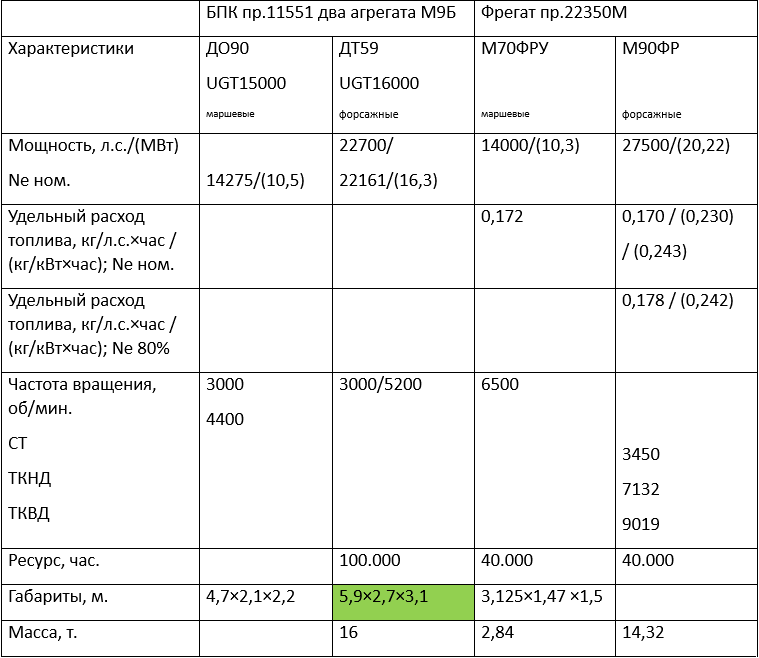
Evil tongues claim that the new generation of Russian gas turbine engines was not created from scratch and not from scratch, but is a further development of their Ukrainian predecessors. But after all nobody and does not object. Judging by the power, the marching DO90 and M70FRU are almost identical. The difference in dimensions indicated in the table is attributed to a different origin and approach to the principles of measurements from various sources. Otherwise, it would not make sense to measure efficiency in units of percentages in the "blue" table.
Thus, I propose to consider these engines as interchangeable and consider the possibility of replacing Ukrainian-made DO90 (UGT15000) with a resource developed over thirty years with fresh modern Russian M70FRU.
The author is wary of suggesting, with the same incompetent impudence, the replacement of afterburning Ukrainian DT59 (UGT16000) with the obviously more powerful latest Russian M90FR, but recommends it.
Firstly, an increase in power from 20 to 24 percent of the original version can kill gearboxes that are not designed for such a load already at the stage of full-fledged tests without concessions and artificial restrictions. Although, on the other hand, a multiple margin of safety was laid in the products created in the Union. History upgrades and repairs of ships with the replacement of engines with more powerful ones, only literal changes were made to the name of the main turbo-gear units, silent about any replacements or reconstructions of their gearboxes. Here is an uncut quote from one competent person:
Based on the analogies given in it, the GTA M9 mentioned in it on the BOD pr. 1155 differs from the GTA M9B on the BOD pr. 11551 only by the sustainer engine of increased power DO90. The increase was, according to various sources, at least 40 percent.
Secondly, the actual overall dimensions of the M90FR gas turbine engine, which remain unknown, judging by the lower weight, should not significantly exceed the confirmed dimensions of the DT59 gas turbine engine. Consequently, there is no material reason for not placing new engines in the ship's engine room.
And again, for the sake of objectivity of reasoning and indisputability of conclusions, I must spoil the blissful picture with doubts from the lack of reliable information about the speed of all the gas turbine engines under consideration. Based on the table, a pair of old and new marching engines, despite their related origin and equal power, simply become non-interchangeable on an existing gearbox due to a completely incompatible speed. For a pair of afterburners, these characteristics are closer to each other, which may be the result of an increase in power and efficiency of the more modern M90FR model, which is embodied in an increase in rotational speed.
Based on the information proposed in the article for consideration, I will make two disappointing conclusions.
BOD "Admiral Chabanenko" will be under repair for at least ten years.
As a result of measures to repair and modernize the ship, the main power plant will remain in its original form.
In the context of import substitution and NVO in Ukraine, the epic with a power plant for larger frigates, pr. 22350M, awaits us no less exciting than with their predecessors. But the fact of the successful completion of the long-range voyage of the frigate "Admiral of the Fleet Kasatonov" is encouraging, which means that we will be able to have a new power plant.
PS
Finally, the warship will get rid of the parade-masquerade 45-mm 21KM salute guns. In honor of the great victory, it’s not a sin to smack from the main caliber guns. A dozen sailors in full dress with traditional SKS with shiny bayonets can see off a worthy person on their last journey or meet a distinguished guest.
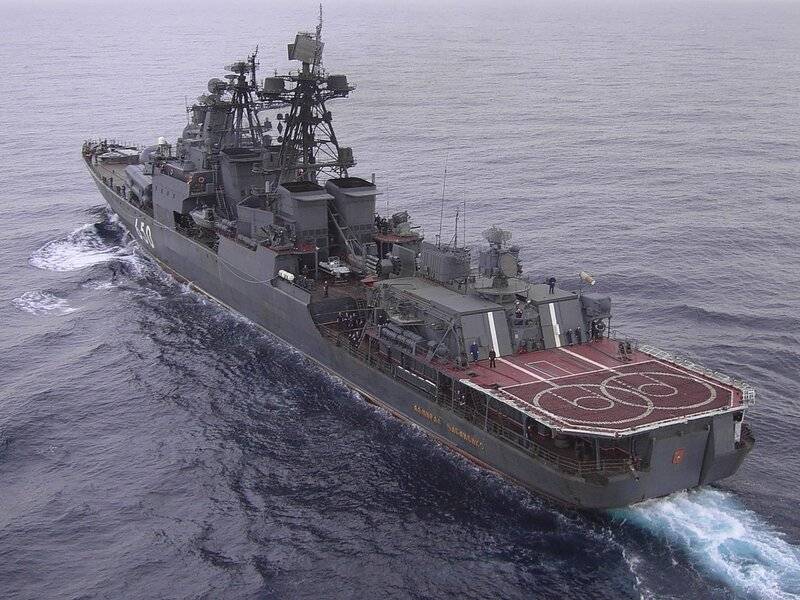
In order not to end in a minor, let's recall the biography of a worthy person, whose name the ship bears.
Biography of A. T. Chabanenko
Andrey Trofimovich Chabanenko was born on October 30, 1909 in the family of a worker in the city of Verkhnedneprovsk. Ukrainian. In 1927 he entered the M. V. Frunze Naval School. Since 1931 he was a watchman, navigator, submarine miner on the Black Sea. In 1932 he graduated from the training squad of scuba diving. S. M. Kirov, was appointed senior assistant to the commander of a submarine of the Black Sea Naval Forces. In 1933, Chabanenko became a submarine commander in the Pacific Fleet. In 1938 he was appointed commander of a submarine battalion.
During the Great Patriotic War, Chabanenko commanded a brigade of submarines of the Pacific Fleet, which were in a state of constant combat readiness. Participated in the Sakhalin offensive operation, landing troops at the port of Maoka.
In 1946, Andrei Trofimovich Chabanenko graduated from academic courses at the Naval Academy, having received the post of commander of the Yuzhno-Sakhalinsk naval base upon completion of training. In 1948–1950 was a student of the naval faculty of the Military Academy of the General Staff. Since 1950, in the Baltic, commander of the Porkkala-Udd naval base, chief of staff of the 8th Navy. Since 1951, Vice Admiral. In April 1952 he was appointed commander of the Northern Fleet, later A. T. Chabanenko wrote:
It was possible to achieve the creation of a powerful construction organization, without which it was impossible to overcome the backlog in the basing device. He completed the development of tactics for submarines in strike-search and reconnaissance curtains and practically worked out in exercises.
Under his leadership, the first polar and long-range trips of submarines were made. On July 17, 1962, the nuclear submarine "Leninsky Komsomol", having made a transition under the ice of the Arctic, surfaced in the region of the North Pole. Tasks of this level of complexity were solved for the first time in the history of the world fleet. And in September 1960, the world's first launch of a ballistic missile from a submerged position took place, from the side of the B-67 submarine.
In June 1962, Andrei Trofimovich was appointed Assistant Chief of the General Staff of the USSR Armed Forces for the Navy. In May 1972 he was sent as a consultant professor to the Academy of the General Staff, and in November 1976 he retired. Andrei Trofimovich Chabanenko died on December 19, 1986.
Information